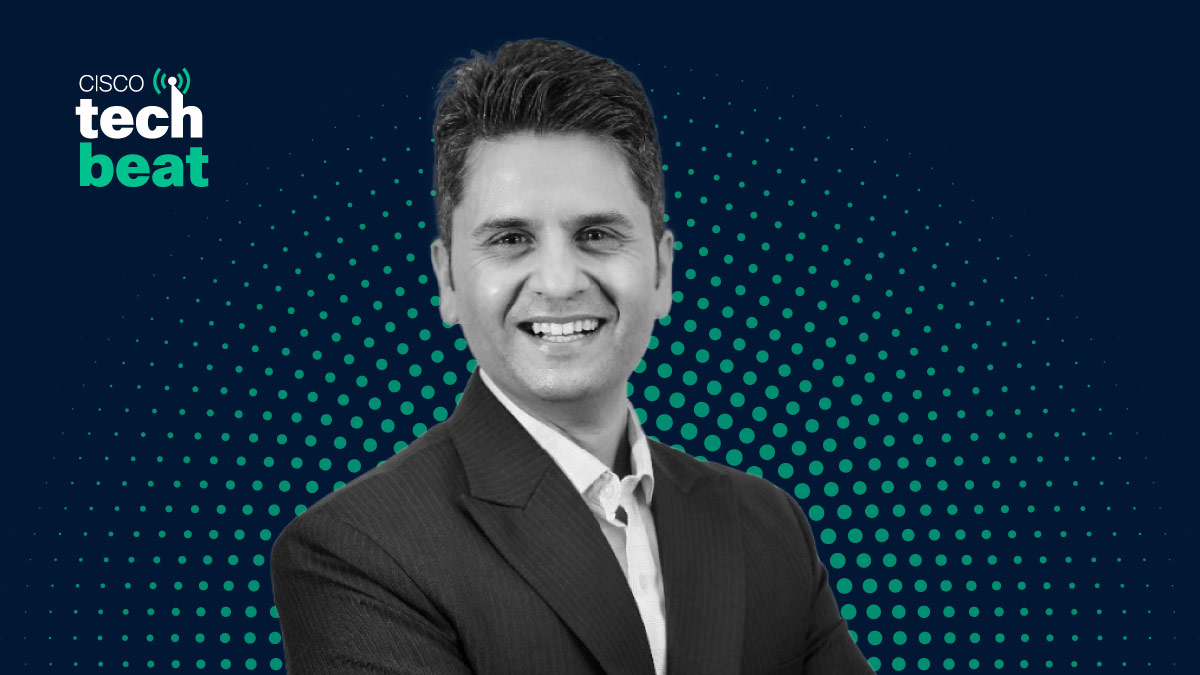Maps Out Plans for Further Enhancements
SAN JOSE, Calif., Aug. 22, 1994 -- Cisco Systems has enhanced itsInternetwork OperatingSystem(IOS) with an array of new features designedto help users evolve their public and private X.25 networks to supporthigher-speed and larger-scale applications.
Several key features, including ISDN B-channel access, payloadcompression, multiprotocol virtual circuits and support for IBM's QLLCprotocol, will be available on Cisco routers next month. Others, such asISDN D-channel support and dynamic one-hop routing, will be introducedduring the first half of 1995.
Philippe Brawerman, Cisco's vice president of European operations, saidthe X.25 program is "aimed at helping users to move smoothly fromtraditional terminal-host to client-server architectures, or simply to gainhigher bandwidth on existing X.25 networks for such applications asimaging.
"The IOS enhancements are especially important in Europe, where,because of high line costs, most networks incorporate some X.25," he said."These users are looking to get more from their networks in terms ofperformance and scalability, and to bring in newer client-servertechnologies through the use of routing."
The new features join a host of X.25 capabilities that Cisco alreadyprovided in its routers, including protocol translation; virtualinterfaces, which allow networks of arbitrary topology to be builtwithfull routing and security functionality; GOSIP-certified support for theX.25 1988 standard; and centralized, automated management through the
September '94: RFC 1356, Compression, ISDN B-Channel, LAPB
The following X.25 features will be available on Cisco routers:RFC 1356 compliance. An earlier standard, RFC 877, defined how IP and OSIcould be transported across X.25. RFC 1356 extends this definition to coverall protocols, allowing users to connect non-IP devices such as PCs andfile servers. RFC 1356 also permits multiple protocols to be carried acrossa single virtual circuit, using standard LLC/SNAP frame encapsulationrather than proprietary encapsulation schemes. By reducing the number ofvirtual circuits needed, this reduces call setup load and, in the case ofpublic networks, lowers usage charges.Payload compression. Unlike with linkcompression, only the packet'spayload -- and not its header -- is compressed. The result is higherthroughput over X.25 links, lower latency due to smaller packet size, andreduced public-network charges.
ISDN B-channel access. X.25 access through the ISDN B channel, at 64kilobits per second, provides the user better performance, and at a lowercost, than dedicated 48-Kbps lines.
LAPB enhancements. Cisco has made two key enhancements to itsimplementation of Link Access Procedure, Balanced. Modulo 128 allowsconfiguration of larger windows, raising throughput on links with highbandwidth and latency (notably satellite links and 2-Mbps lines). The T4timer permits the use of LAPB Receive Ready acknowledgments sent over aline during a specified time period to indicate whether the line is up;this allows rapid link failure detection without relying on higher-layerrouting protocols.
QLLC support. Cisco will support Qualified Logical Link Control (QLLC),the protocol widely used by SNA devices connecting over an X.25 network.Providing conversion of X.25 QLLC traffic to LAN or SDLC traffic, thisfeature will let users improve performance on their X.25 backbones andconsolidate traditional SNA networks with newer LAN internetworks.
First Half '95: 1-Hop Routing, "Snapshot" Routing, ISDN D-Channel
During the first half of next year Cisco will boost X.25 networkscalability via the Next Hop Routing Protocol (NHRP), based on an IETFdraft RFC for enhanced routing over large X.25 "clouds" that use manyrouters. NHRP creates a hierarchical "directory" system that allows anyrouter to dynamically send data to any other router within a single hop.Snapshot routing, a technique optimized for remote sites with occasionalaccess requirements, allows a remote router to take a periodic "snapshot"of a central-site routing table. By eliminating permanent connections andstatic routing tables, these two features optimize performance, reducereconfiguration and lower usage charges.Other new features will include ISDN D-channel support, which lowersaccess costs through extremely low associated tariffs; remote node viaPADs, for dial-up asynchronous IP, Novell andAppleTalk connectivitythrough the user's existing PAD infrastructure; scalable switching, forsimpler operation of large networks using dynamic X.25 call routing; andX.25 AutoInstall, the Cisco capability available across other WAN links tofacilitate fast, economical router installation with minimal technicalexpertise at the remote site.
Cisco's current X.25 software is GOSIP compliant and supports RFC 877,integrated X.25 switching and Telnet-to-X.25 protocol translation. Itoffers the industry's richest set of network-layer routing protocols (OSPF,IS-IS, BGP IV and Enhanced IGRP), all optimized for low-throughput packetnetworks such as X.25.
Cisco Systems, Inc., headquartered in San Jose, Calif., is the leadingglobal supplier of internetworking products, including routers, bridges,workgroup systems, ATM switches, dial-up access servers, software routersand router management software. These products are used to buildenterprise-wide internetworks linking an unlimited number of geographicallydispersed LANs, WANs and IBM SNA networks. Cisco's Internetwork OperatingSystem (IOS) technology, found in more than 250,000 installed Cisco unitsand in the products of over 20 partners, is the de facto industry standardfor data transmission. In the U.S., Cisco is traded over the counter underthe NASDAQ symbol CSCO. A member of the S&P 500 and Fortune 500, Cisco infiscal 1994 logged sales of $1.2 billion.
Pricing is as follows:
New Hardware Platforms Cisco 2501 Ethernet/serial $ 995 Cisco 2502 Token Ring/serial $1,495 Cisco 2503 Ethernet/serial/ISDN BRI $1,695 Cisco 2504 Token Ring/serial/ISDN BRI $2,195Software Cisco 2500 IP Router Software $1,500 Cisco 2500 Desktop Router Software $2,300 Cisco 2500 Enterprise Router Software $3,000
Software Upgrades IP Router to Desktop Router Software $1,000 IP Router to Enterprise Router Software $2,000 Desktop to Enterprise Router Software $1,000



